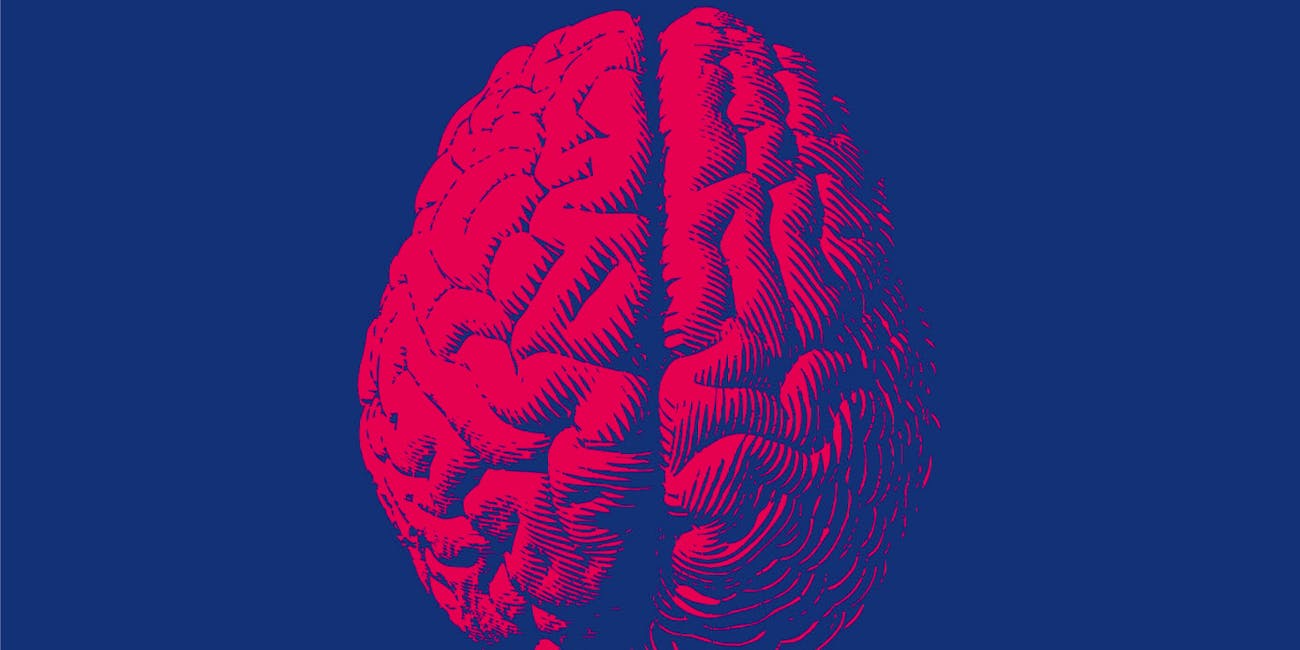The brain chemical associated with reward also seems to distort our perceptions.
–
Did you know you’ve probably hallucinated in the past week? Multiple times, most likely. You don’t need to be concerned; these episodes are a relatively common experience for healthy people.
You might have heard your name being called in an empty street, or sworn your phone beeped at you, only to find no notifications. These “low-level” hallucinations occur for around 10-15 percent of people, and they can help us uncover how hallucinations are formed in health and illness.
A team of researchers from Columbia University, led by psychiatrist Clifford Cassidy, took full advantage of these hallucinatory experiences, and described their work in a recent paper for Current Biology.
A strict definition for hallucinatory experiences has been hard to pin down, but they may involve seeing, hearing, feeling, or even smelling things that aren’t there. Although hallucinations are typically considered a sign of illness, this is not a fair prejudice, given how many healthy people experience them. Yet despite considerable research, it is still not clear why people with a range of physical or mental diagnoses hallucinate.
One potential culprit is the brain chemical dopamine. Dopamine has been shown to be involved in numerous brain functions, including reward, motivation, and pleasure, broadly speaking. And scientists have long suspected its role in unusual experiences like hallucinations.
In the 1950s, researchers stumbled upon a new class of drugs that provided relief for those suffering from schizophrenia. These drugs were known as antipsychotics and, as the name suggests, they reduced symptoms like hallucinations and delusions — primarily by reducing the levels of dopamine in the brain. This led clinicians and scientists to argue that dopamine was linked to the experiences of psychotic symptoms, and a concerted research effort ensued, seeking to solve the puzzle of why excess dopamine might produce hallucinations.
Although it was later shown that increasing dopamine could produce hallucinations, establishing a consistent link between them, it has not been clear why. This is where the latest series of studies by Cassidy and his colleagues comes in.
In their first study, they were able to produce hallucinatory experiences within the lab — a difficult thing to achieve convincingly. Hallucinations are by definition subjective, personal to whoever experiences them. Yet the team had to find a way to study hallucinations under controlled conditions in order to make scientific claims.

They achieved this by taking advantage of a simple fact: Your brain is lazy. It makes shortcuts to understand the deluge of information that bombards it daily. If you’re presented with consistent information, consistently, your brain adjust its expectations of reality in turn. This is the basis of Bayesian theories of how we perceive the world – that is, the brain makes inferences about the world around us based on statistics and probabilities on what is likely to occur. The research team capitalized on this to create an illusory, auditory experience.
More specifically, the researchers played a series of tones and then presented participants with a target tone, whose length they had to gauge. When the preceding tones were relatively short, then the participant perceived the target tone as shorter than it actually was — the brain made a prediction about the length of the tone based on the consistency of the preceding tones. In contrast, when the preceding tones were less consistent and their length varied, participants judged the target tones with greater accuracy. The brain updated its expectations of the world based on how predictive and consistent its previous information was.
This illusory experience was tested in a sample of healthy participants and in a group of people diagnosed with schizophrenia and experiencing hallucinations. The control group, the tests showed, were able to modify their judgement of the target tone based on the consistency of the preceding tones. But those who were experiencing hallucinations struggled to account for previous expectations — they judged the target tone as short even when the preceding tones were inconsistent. They seemed less able to use experience to predict reality, and they paid too much attention to information that was uninformative.
This was a useful starting point — but still didn’t explain what role dopamine might play, if any. So the researchers conducted a second experiment. First, they gave participants a controlled dose of amphetamines, which have been shown to increase dopamine. The participants then showed a reduced ability to accurately predict reality based on what came before. (Understandably, this effect was only shown for those who were initially identified as being good at modifying their responses.)
Therefore, increasing dopamine made it more difficult for participants to adjust their perception — an effect comparable to how the hallucinators had struggled. Moreover, the extent to which participants struggled was strongly associated with the severity of hallucinations — but not with any diagnosis of schizophrenia. In other words, the difficulty appeared to be associated with a symptom, not a diagnosis.
Using brain imaging, the researchers also showed that an increased capacity for dopamine release, from a part of the brain known as the striatum (an area involved in schizophrenia), was associated with the severity of hallucinations. Together, these experiments showed that excess dopamine was associated with difficulty in accurately predicting reality.
Cassidy’s team was able to solve one part of the puzzle, but this is far from the end of the story. And interestingly, their study raised an important issue that has become a growing rallying point within mental-health research. Cassidy and his team argued that focusing on symptoms, and not diagnoses, is vital to understand why people have experiences like auditory hallucinations. It’s not the first time this idea was proposed, but it’s widely pertinent. Hallucinations occur across a broad range of seemingly unrelated illnesses, such as schizophrenia, dementia, and Parkinson’s. The team only worked with one diagnosed patient group — those with schizophrenia —which makes it hard to claim it was the symptom and not the diagnosis that was important.









